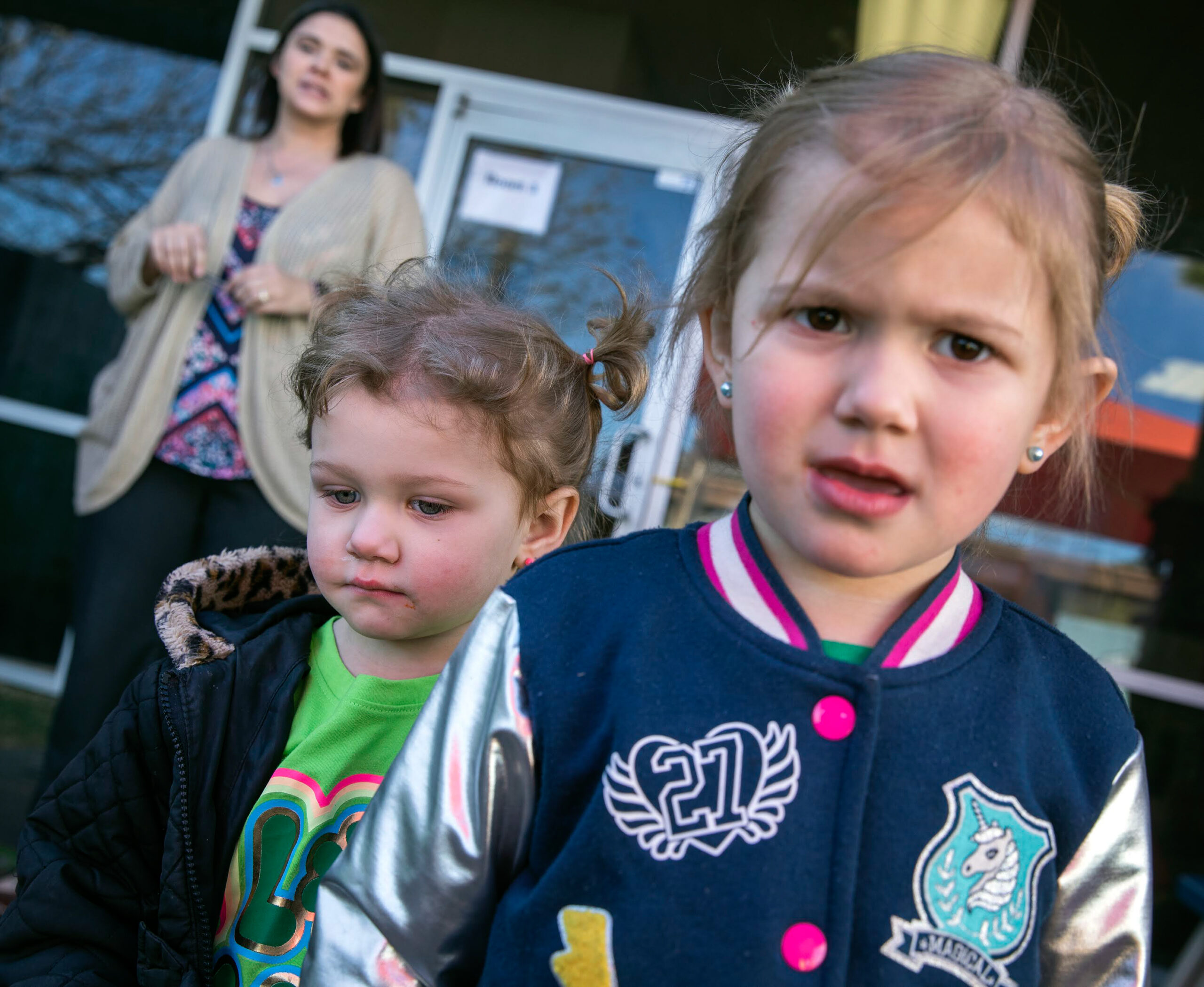Several critical metrics worsened in recent years for children in Nevada, including the number of eighth graders proficient in math, youth living in households with a high housing cost burden and kids living in poverty, according to a recent report from The Annie E. Casey Foundation, a private philanthropic group.
The foundation’s KIDS COUNT 2023 Data Book ranked Nevada as the 47th state out of 50 for child well-being, using data that ran through 2022.
The percentage of children whose parents lack job security worsened significantly in the most recent report — rising from 26 percent of the juvenile population in 2019 to 33 percent in 2021 — a total that includes 233,000 youths. Fourth graders not proficient in reading, and child and teen deaths per 100,000, also worsened in Nevada between 2019 and 2022.
Holly Welborn, executive director of the nonprofit Children’s Advocacy Alliance (CAA) that promotes child well-being in Nevada, told The Nevada Independent in an interview last month that her number one priority is improving the state’s early childhood systems.
“We’re consistently at the bottom,” Welborn said. “The child tax credit, baby bonds – like what was proposed in the last legislative session — would have huge stabilizing impacts on all children, especially children of color and Black children in particular.”
When the child tax credit was temporarily expanded during the pandemic, “working parents” with a household income of less than $150,000 received a monthly check of $250 to $300 per child for six months in 2021, benefiting more than 330,000 Nevada families. Democrats in Congress are trying to revive an expanded version of the program, which reduced child poverty rates in Nevada by 39 percent, according to the Center on Poverty and Social Policy at Columbia University.
Welborn said it’s important to focus on child care and that state leaders should also place an emphasis on early childhood systems to help move the needle on Nevada’s score. She said the approach is multifaceted and includes offering universal meals for kids, strong economic supports to ensure housing stability and Medicaid expansion for prenatal health care. These factors should be shored up early in the lives of children for them to reach critical milestones, she said.

“We have to stabilize people and give them what they need in order to meet the needs of Nevada’s children,” Welborn said.
Black children were ranked last for meeting milestones associated with success in the U.S., followed by American Indian and Alaska Natives and then Latino children, in the foundation’s 2024 Race for Results report that shares data about child welfare across the country broken down by racial and ethnic group.
Based on an index between 1 and 1,000, Nevada children’s well-being falls between a low of 326 for Black children and a high of 670 for Asian and Pacific Islander children.
“It all starts with whether a family cannot afford food, cannot afford housing, cannot afford the basic essentials in life,” Welborn said. “That feeds into all the rest of the problems. That feeds into whether their child can focus in school, whether their child is going to be healthy as a baby, whether their child is going to have behavioral issues that can cause them to enter the juvenile justice system.”
Nevada has improved in three categories tracked by the report. Children living in high-poverty areas dropped from 12 percent down to 8 percent and included 55,000 youths in 2021. Children in families where the head of household lacks a high school diploma dropped from 18 percent down to 17 percent and included 116,000 youths. Births per 1,000 teen girls dipped to 15 in 2021, down from 19 in 2019.
Welborn said access to Medicaid was improved last legislative session through the passage of SB232, which authorized insurance coverage to include 12 months of postpartum care, and that it should help boost Nevada’s health scores among youth.
“We’ve made a lot of progress in making access to health care — a nonpartisan issue — and expanding access to Medicaid coverage for families and babies,” she said. “I think a lot of the time we’re very focused on early childhood education, which is very important [too].”
Welborn said her organization will push for a “huge package of child care legislation” in the 2025 session, with hopes of addressing child care workforce instability, the affordability of the services and state investment in child care.
A spokeswoman for the state’s Division of Welfare and Supportive Services, which is focused on administering the Child Care Development Fund (CCDF), or $70 million from a federal program that was established in 1998 and pays a portion of child care costs for low-income families, emphasized the importance of quality programs.
“Early childhood education programs are fundamental … Being engaged in a high-quality early childhood education program can result in long-term positive outcomes for at-risk children,” division spokesperson Kristle Muessle wrote in an email when asked about initiatives focused on child well-being.
Welborn said her organization is also promoting policies that encourage access to affordable housing units, supporting the end of the summary eviction process and urging more rental support and subsidies to families.
Several bills that focused on expanding access to essential public services for child well-being died or failed to become law last year, such as SB278, which would have authorized tax benefits for companies providing child care.
A policy that did pass — AB319 — would have funded universal free school lunches statewide at K-12 schools from 2024 to 2025, but it was vetoed by Republican Gov. Joe Lombardo, who said he was worried about food waste.
The report provided by the foundation recommended that policymakers expand federal and state child tax credits and earned income tax credits for low-income families, design programs that target racial disparities, help families provide for their children and expand Medicaid coverage.

